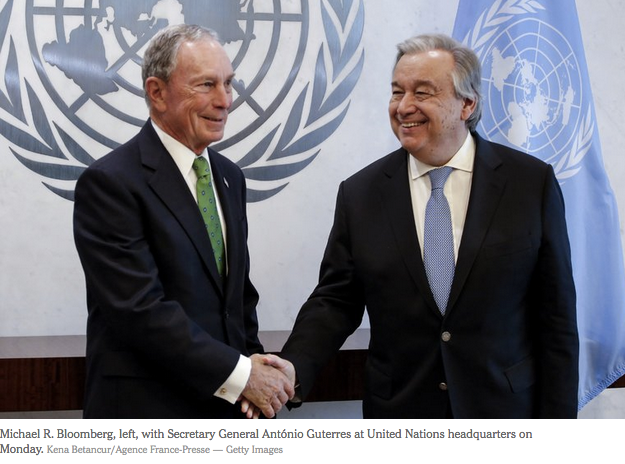I have always been grateful for that opportunity. I gave my first donation to Hopkins the year after I graduated: $5. It was all I could afford. Since then, I’ve given the school $1.5 billion to support research, teaching and financial aid.
Hopkins has made great progress toward becoming “need-blind” — admitting students based solely on merit. I want to be sure that the school that gave me a chance will be able to permanently open that same door of opportunity for others. And so, I am donating an additional $1.8 billion to Hopkins that will be used for financial aid for qualified low- and middle-income students.
This will make admissions at Hopkins forever need-blind; finances will never again factor into decisions. The school will be able to offer more generous levels of financial aid, replacing loans for many students with scholarship grants. It will ease the burden of debt for many graduates. And it will make the campus more socioeconomically diverse.
But Hopkins is one school. A recent analysis by The Times found that at dozens of America’s elite colleges, more students came from the top 1 percent of the income scale than from the entire bottom 60 percent of that scale — even though many of those lower-income students have the qualifications to get in.
And until recently, by some estimates, half of all high-achieving low- and middle-income students have not even been applying to top colleges — largely because they believe they can’t afford it, doubt they’ll be accepted, or aren’t even aware of their options.
Read full article




